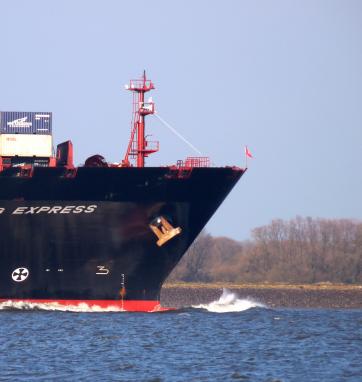
The development plan for Australia's freight economy needs to be based on the current industry status and future trends, with a focus on infrastructure construction, technological innovation, green transformation and policy support. The following is a specific analysis:
I. Infrastructure Construction
Road network: Australia has one of the world's largest road networks, with a total road length of over 877,000 kilometers. In the future, efforts should continue to be made to enhance the maintenance and upgrading of the highway network, and improve the traffic capacity and safety of the highways.
Ports and Airports: Ports and airports in Australia are important hubs in the cargo economy. The construction and renovation of ports and airports should be strengthened to enhance their handling capacity and efficiency, so as to meet the growing demand for freight transportation.
Ii. Technological Innovation and Application
Intelligent technology: Internet of Things (iot) technology will make the tracking and monitoring of goods more accurate. Intelligent warehousing systems will enhance the storage efficiency of goods, and artificial intelligence algorithms will optimize the planning of transportation routes. The application of these technologies will significantly enhance the efficiency and accuracy of the freight economy.
Digital management: Promote digital management in the freight industry, establish a unified freight information platform, achieve real-time sharing of freight information and collaborative operations, and enhance the overall operational efficiency of the freight industry.
Iii. Green and Sustainable Development
Energy conservation and emission reduction: Logistics companies will increase their investment in energy conservation and emission reduction, promote the use of environmentally friendly transportation vehicles and packaging materials, and reduce their impact on the environment.
Green Certification: The adoption of green certification facilities and renewable energy infrastructure is crucial for achieving global sustainable development goals, and it also helps enhance a company's social image and competitiveness.
Iv. Policy Support and Guidance
Trade policy: The Australian government should continue to promote the process of trade liberalization, simplify tariff procedures, strengthen the supervision of e-commerce, and create a more convenient and transparent operating environment for the freight economy.
Investment encouragement: Introduce relevant policies to encourage foreign investment and entrepreneurship, providing more financial support and market opportunities for the freight industry.
Industry norms: Strengthen the supervision of the freight industry, formulate and improve relevant laws, regulations and standards, standardize market order, and ensure the healthy development of the freight industry.
V. Regional Cooperation and Integration
Regional logistics network: Australia should enhance logistics cooperation with neighboring countries and regions, optimize the regional logistics network, form a closer logistics cooperation system, and improve the logistics efficiency of the entire region.
The sharing economy model: Logistics companies will cooperate with other industries, share resources and facilities, and reduce logistics costs. The sharing economy model will promote the optimal allocation of logistics resources and improve the efficiency of resource utilization.

